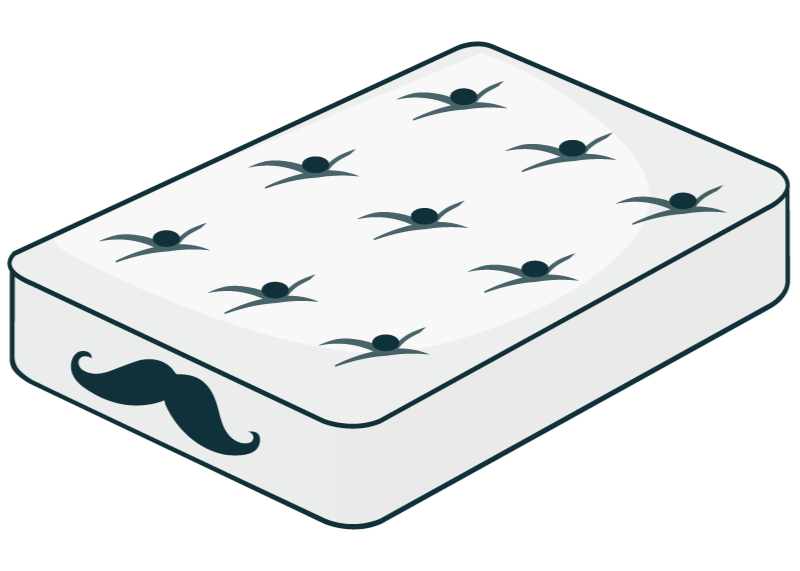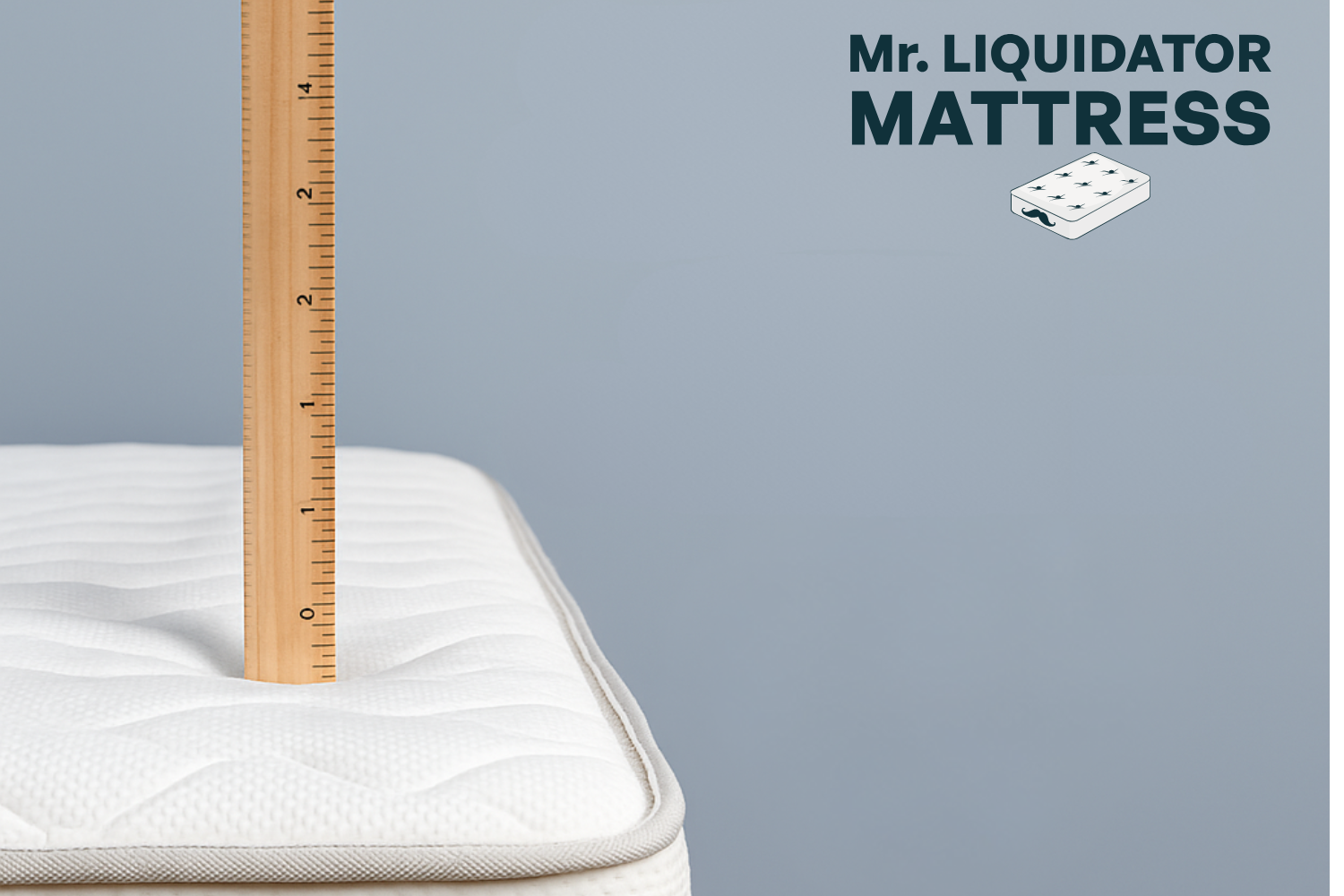At Mr. Liquidator, we specialize in Serta and Beautyrest brand-new mattresses—two of the most respected and time-tested names in the mattress world. Every week, we meet customers who are frustrated with warranty issues from previous purchases, especially when it comes to mattress sagging.
In this blog, we break down the facts behind mattress warranties, drawing directly from top Canadian and U.S. brands’ policies. We'll help you understand:
What a mattress warranty typically covers (and doesn’t)
Which brands offer the best protection
Why sagging is the #1 complaint
How warranty depth thresholds work
What to expect when buying online vs. in-store
This blog is based on publicly available warranty data and has been compiled to help Canadian consumers make informed decisions.
Table of Content
What Mattress Warranties Typically Cover
Most mattress warranties cover:
Manufacturing defects
Broken or burst coils
Cracks in foam
Abnormal sagging beyond a certain depth
They don’t cover:
Normal wear and tear
Gradual softening
Stains or misuse
Sagging less than the stated depth threshold
That last point is where most confusion begins. ⬆️
The Most Common Issue: Mattress Sag
Mattress sagging is the #1 warranty-related concern. It’s also one of the most misunderstood.
To qualify as a defect under warranty, a mattress must sag deeper than the brand’s defined threshold , often without any weight applied. Here's what that means in practice:
Brand |
Mattress Type |
Sagging Depth to Qualify (inches) |
Serta |
Foam or Tight Top |
0.75" |
Beautyrest |
Pillow-top Hybrid |
1.5" |
Endy |
All-Foam |
1.0" |
Douglas |
All-Foam |
2.0" |
Silk & Snow |
Hybrid/Foam |
2.0" |
Purple |
Grid/Foam Hybrid |
1.0" |
Tempur-Pedic |
Memory Foam |
0.75" |
Source : Manufacturer warranty policies, reviewed and compiled in our internal [Warranty Report].
A 2" dip in foam is extremely rare without severe long-term damage. Most sags fall between 0.5" and 1", meaning they won't qualify for coverage—even if they significantly affect sleep quality.
Foam vs. Pillow-Top: The Warranty Depth Gap
-
Many shoppers don’t realize that traditional pillow-top mattresses require deeper indentations (1.5") to qualify compared to modern foam beds. This means you could feel uncomfortable, but still not meet the warranty requirement.
Serta and Beautyrest set their thresholds at:
0.75" for tight top foam mattresses (Serta)
1.5" for plush and pillow-top mattresses (Beautyrest)
- These are in line with industry norms, but online-only brands like Douglas and Silk & Snow set thresholds as high as 2 inches —making it even harder to get a replacement.
Why Online Brands May Leave You Frustrated
Online mattress brands often promise generous return policies, but their warranty terms tell a different story . Many will attempt to offer a topper or suggest “adjustment time” if you complain about sagging.
Some customers report:
Difficulty proving sagging without professional measurements
Pushback from customer service
Denied claims due to technicalities
It’s not uncommon to feel trapped with a sagging bed and no resolution, even under a “15-year warranty.”

How Many Mattresses Actually Get Replaced?
Based on industry data:
Serta has a claim approval rate of ~ 3%
Beautyrest around 4%
That’s incredibly low, given how many people report sagging. It proves how strict the depth limits are—and how important it is to choose a mattress that is known to last.
Why We Sell What We Sell
At Mr. Liquidator, we chose to stock Serta and Beautyrest because they are:
Transparent and reputable about their warranty terms
Manufactured to last longer than typical foam-only online mattresses
Supported by local Canadian warranty teams , making claim support more straightforward
We want customers to know exactly what they're buying , and to feel confident in their investment.
"Trust is built with consistency."
🛏️ Frequently Asked Questions About Mattress Warranties
What does a mattress warranty actually cover?
Most warranties cover manufacturing defects like broken springs, foam cracking, or sagging beyond a certain depth. They do not cover comfort issues, gradual softening, or sagging that’s too shallow (usually under 0.75–1.5").
Why won’t my mattress get replaced even though it sags?
Your mattress likely hasn’t hit the manufacturer’s required sagging depth . For example, Beautyrest requires 1.5 inches of visible sagging with no weight on the bed to qualify for a claim.
How deep does a mattress have to sag for a warranty claim?
It varies by brand. Serta uses a 0.75" threshold for an all foam mattress or 1.5" for a pillow-top mattress, while brands like Douglas or Silk & Snow require 2 inches for their foam mattresses, which is much harder to reach in real life.
What’s the difference between a return policy and a warranty?
Return policies are short-term (usually 100-night trials for online brands). Warranties cover long-term structural issues . But many customers confuse the two—warranties don’t guarantee comfort or satisfaction.
Key Takeaways
Not all warranties are created equal.
Foam beds with 2" sag limits offer less protection.
Serta and Beautyrest use reasonable thresholds and have reliable reputations .
Understand the warranty before buying—not after you feel uncomfortable.
If you’ve been frustrated by online mattresses that didn’t live up to their promise, visit us in-store. We’ll help you find a mattress that’s truly right for you—and explain the warranty in plain terms.
Article Summary
Most mattress warranties cover sagging—but only beyond 0.75–1.5 inches
2-inch sag limits (Douglas, Silk & Snow) make it harder to claim a replacement
Serta and Beautyrest have more consumer-friendly terms
Foam beds are more prone to premature sagging—but aren’t always covered
At Mr. Liquidator, we choose quality over hype
Let us know what you think and thanks for reading!






Share:
How Trauma, OCD, and PTSD Impact Sleep (And What Helped Me Find Rest Again)
Don’t Buy the Wrong Bed: Your 2025 Canadian Mattress Size Guide